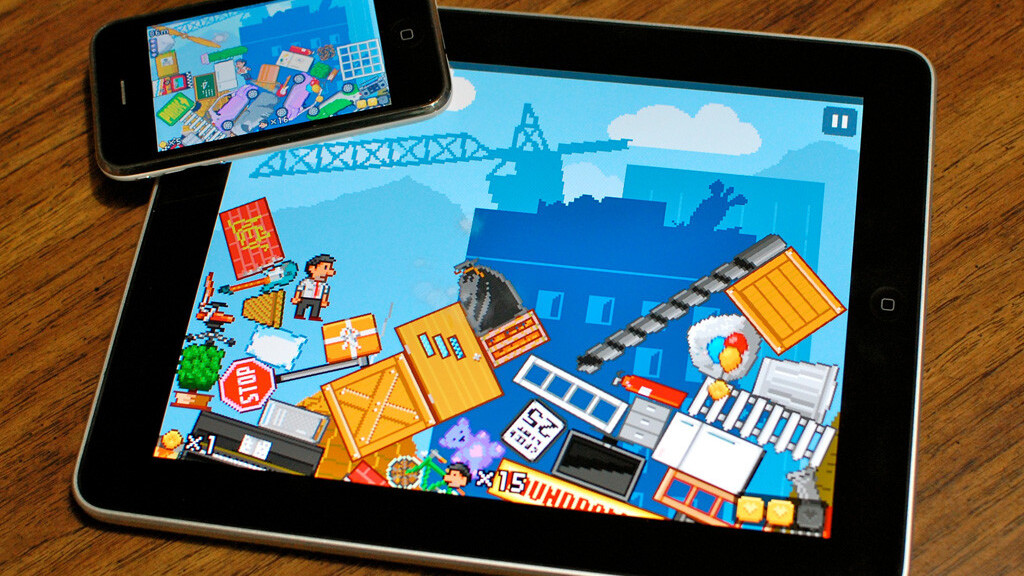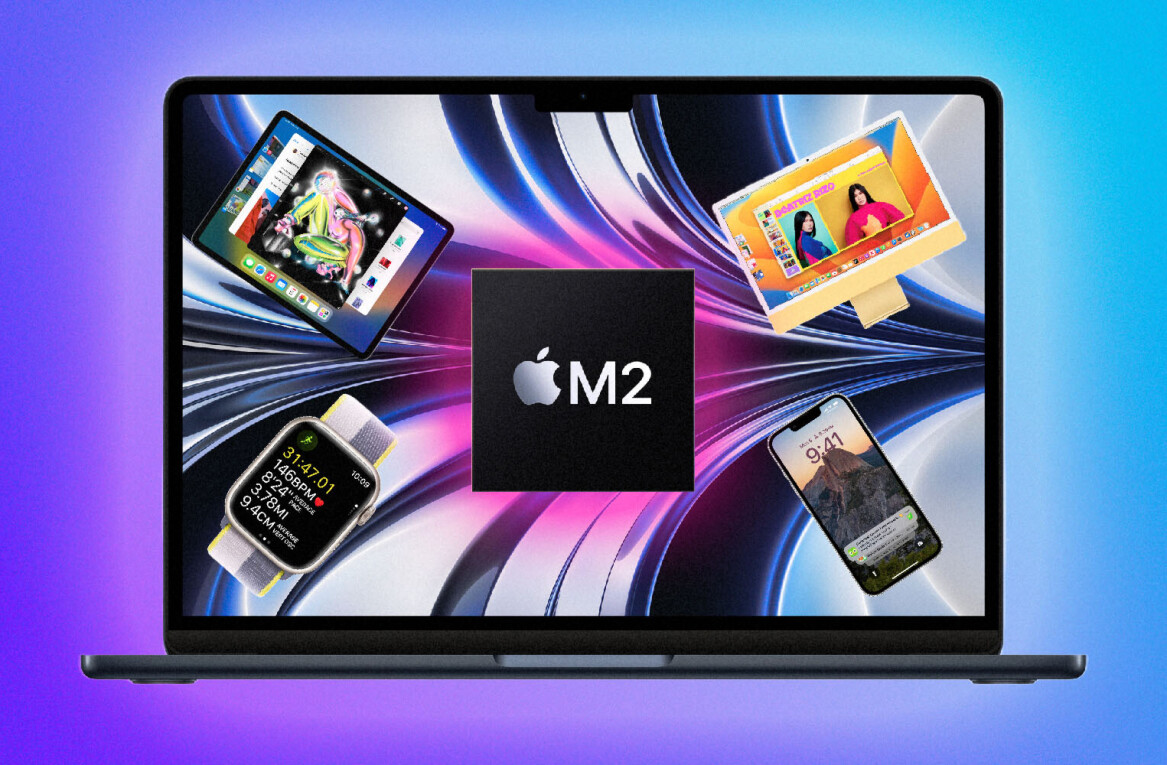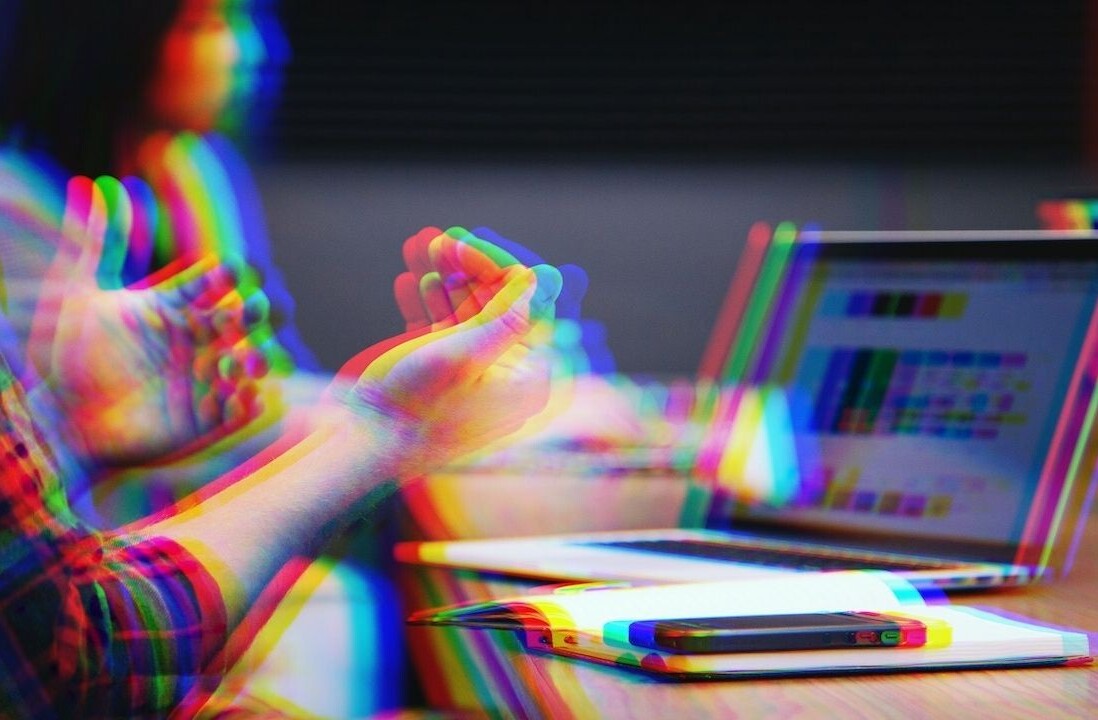
On Friday, news broke of a number of warning letters sent to application developers for iPhone and iPad applications, warning them that by using Apple’s in-app payment mechanism, they were violating a patent issued to “inventions” firm Lodsys.
The patent in question was filed in December 2003 as part of series of continuations on earlier patent applications dating back to 1992. The patent is credited to Dan Abelow, who sold his extensive portfolio of patents to holding firm Lodsys in 2004.
Several days passed since the letters were received before Lodsys issued a response, but the company has taken steps to explain its actions.
Taking to what looks to be a newly created blog, Lodsys has added a series of Q&A style posts which take a number of questions submitted to the company over the course of Friday and the following weekend, explaining why the company is actively contacting application developers – not Apple – and clarifying why it justified in pursuing the licensing of its technology.
The first post, written in response to accusations that the company is a “parasite, troll, should die etc”, states that Lodsys is trying to “get value for the assets that it owns” with the reasoning that every other company selling products or services does the same, doing business to make a profit. The post calls for an end to the “name calling, threats and irrationality” adding that “the death threats are seriously uncool”.
Lodsys then replies to statements that the patents that it was rewarded were “too broad”:
The patents were issued and recognized as invention from a patent application filed in August of 1992. It is all too easy to look back with 18.5 years of hindsight, and knowledge of how the market has evolved, and say “of course this is how everyone is going to do it” or “the patents are too broad.”
The company says it specialises in efficiently selling rights to patents, seeking economic return to sell its lawfully acquired rights, much like a tech company “solves a problem to make money”. It argues that its patent licensing encourages more invention and ensures the “economic profit pie” is distributed to suppliers which provide the technologies users in products or services. Lodsys writes:
In an ideal world, there will be a more efficient marketplace than litigation, or direct sales, or aggregation and then direct sales in order to acquire all the necessary patent rights.
But for an app developer to take a year or two to write an application and to see money from the app, is good fortune built on top of the contributions of the entire shared ecosystem, including independent inventor’s patent outputs.
Reiteating its stance that it was simply contacting developers so that they could license its patents, Lodsys says it is trying to sell its patents in the most efficient way it can. It says it has a consistent pricing model, which ensures independent developers aren’t asked to pay huge sums of money for a license.
How Much Will Developers Need To Pay?
Just how much the licensees would have to pay was previously unknown, but Lodsys addresses that in yet another of its posts. The company, surprised that none of the press asked just how much licensees would have to pay, seems to encourage sales dialog over a flat fee or dedicated cut of revenue. Adding that its portfolio has several different “fields of use”, the amount a licensee pays depends on its usage.
However, it does state that if a developer was to use the in-app purchasing mechanism, it would have to pay 0.575% of US revenue over for the period of the notice letter to the expiration of the patent, plus applicable past usage. It uses the example that if an application sells US$1m worth of sales in a year, the licensee would have an need to pay $5,750 per year.
Why Target Developers And Not Apple?
Lodsys says that Apple, Google and Microsoft have already licensed the necessary patents. As it stands, each of these companies that licensed the patent are not able to provide the same rights for third-party business applications, explaining why developers have been contacted over Apple itself:
The value of the customer relationship is between the Application vendor of record and the paying customer, the OS (is acting as an enabler) and the retailers (are acting as a conduit to connect that value), and taking their % for that middleman role.
One blogger suggested that an OS or device vendor or retailer could choose to contact Lodsys and purchase a license on behalf of its application ecosystem, but so far such discussions haven’t taken place. From Lodsys’ perspective, it is seeking to be paid value for rights it holds and which are being used by others. Economically, the best return is probably to license each Application vendor for a piece of value, rather than to include in a “buyout” for an OS vendor.
Lodsys wants people to use the rights in their products and services, not to stop using it. Our goal is to popularize the technology, have it used by many people and to make relatively small amounts per licensee, but to have the large volume of licensees aggregate to be a worthwhile business.
In effect, Lodsys says that iOS developers are profiting from its inventions, whether its is by additional sales or a reduction in costs. As the patent rights take care of an overall solution (or which Apple is already covered), Lodsys says that it is only fair that developers is accountable for the “entire solution which captures the value (rather than a technology supplier or a retailer).
Reading back through the posts, the full picture becomes clear. Lodsys is asking for a small percentage of revenue from developers, a cut that we assume it is taking from Apple, Google and Microsoft when the payment technology is incorporated within an app. The assumption here is that because Apple is providing the technology, developers are exempt from patent licenses because the Cupertino-based company is acting on their behalf.
If Apple did know about the patent and didn’t disclose it, does Apple have a large part to play in not adequately briefing developers?
Will developers accept the fee and pay to license in-app payments? We don’t know. We have contacted the developers involved for comment.
We get the impression this could run and run, stay tuned for updates.
Get the TNW newsletter
Get the most important tech news in your inbox each week.




